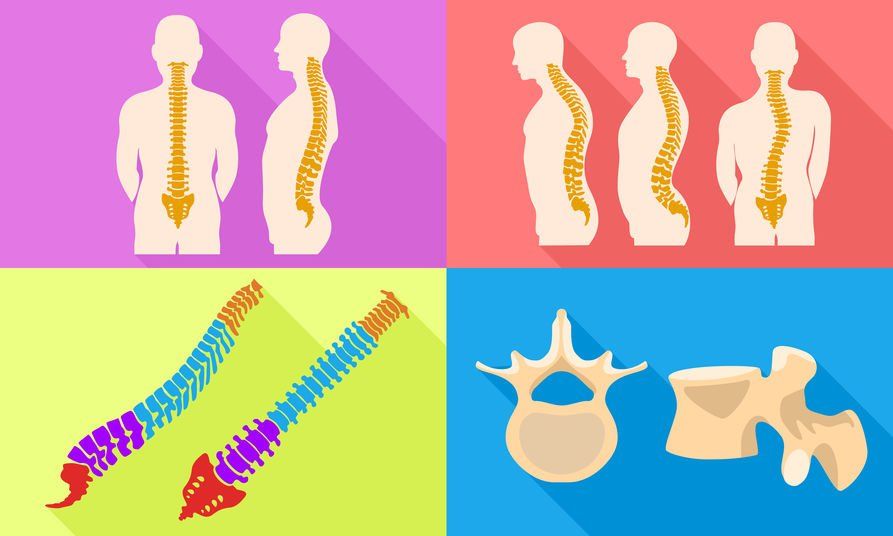How To Conduct Postural Analysis

Ever noticed how your mum will scold you for slouching or not standing straight?
That’s because having a good posture is important to balance your body’s weight over your feet, be it when you’re standing, sitting or moving. It also helps to maintain the correct form while exercising and strengthen your abilities in any sports activity.
Not only that but having a good posture also allows you to feel confident about yourself and certainly reduce the risk of having wry neck. Take runway models as an example. They must have a good posture to display any of the clothes or accessories they wear. That way, you can have a good impression of the products displayed.
Imagine a model who walks on the runway with a bad posture, you’ll start having doubts about the product and choice of display person. Same goes to having a bad posture while you’re standing, sitting or moving. It can affect your health in the long run.
The following are among the ill effects of a bad posture:
- Early wear and tear of your muscles and joints
- Improper blood circulation
- Various pain in the neck, back, and shoulder blades
- Height loss
- Ankle and foot problems
- Headaches
- Reduced lung and cardiac capacity.
If you suspect that you have a bad posture and want to improve it, undergoing a postural analysis will help you to understand more about your body. Besides, it’ll help to pinpoint the cause of your bad posture and work on ways to strengthen your muscles without injuring yourself.
Here’s how a postural analysis is conducted.
How is a postural assessment conducted?
Before we dive into the procedure, let’s understand the meaning of a posture assessment.
A posture analysis is a process of analysing your posture, balance, alignment, asymmetries and motion. This is the first step to improving posture and strengthening your muscles. Depending on your doctor, the analysis may include assessing your spine, way of walking, muscle strength and functional movement.
It’s conducted in two ways – front and back (anterior-posterior), and from the side (medial and lateral).
1. Anterior-posterior analysis
When it comes to analysing your posture from the front (anterior), a specialist will look at the positioning and compare one side of your body with the other for symmetry. They will also check the position of your eyes, earlobes, and shoulder. If they’re asymmetrical or not at the same height, chances are you have a poor posture.
Same goes to your lower body, the specialist will assess your posture based on the anterior superior Iliac Spine (ASIS), posterior superior Iliac Spine (PSIS), iliac crest, the high point of the patella, knee joint, ankle joint, etc.
From the back (posterior) view, the specialist will check for spinal curvature, the symmetry of your ears, shoulder, scapula, hip joints, ankle joints, etc. Not only that, but they will also assess the position of bony landmarks like your rib cage and sternum.
2. Medial-lateral analysis
Side analysis is important to check for spinal curvature and some may refer it as Scoliosis. The specialist will imagine a vertical plumb line and evaluate the position of your neck and head. If it’s off by a few inches, it may be a result of prolonged exposure to your electronic devices.
Additionally, it can put a strain on the smallest bones of your spine, which is on the neck. This may cause you to feel excessive pain on the neck and back.
How is a posture graded?
Like any other assessments, your posture can also be graded into the following:
- Excellent – Perfect body alignment with a balanced and fluid movement.
- Good – Body is aligned with a balanced movement, but not fluid.
- Average – Head is forward with a misaligned pelvis and rounded upper back; has strong movement but with little hip motion.
- Poor – The spine is misaligned and imbalanced throughout with a weak back and muscles; the movement is stilted and more one-sided.
- Very poor – Frame is very unbalanced with upper and lower back pain; moves cautiously with soft knees and some limping.
Most Malaysians spend a great deal of their time sitting which can lead to poor posture, especially millennials and white-collar workers. This may lead to bigger problems if they continue to do their work in a poor sitting position.
Can a physiotherapist help to correct a bad posture?
Sure! You see, our physiotherapy in Malaysia are professionally-trained medical personnel who can help to assess and correct your posture as well as improve your movement. They do so with programmes that are tailored to your needs.
Depending on your posture, a physiotherapist may specifically design a programme for you to correct your posture without causing any injury to your body. That way, they can further minimise the risk of injury during the programme.
Besides, the programme is designed according to your muscle strength to restore its full functional equilibrium.
If you feel a sudden onset of back and joint pain, you need to start evaluating your posture and get some professional advice before the condition worsens.
Well Rehab is a rehabilitation center in malaysia that provides several therapies which can be customised based on your needs.
For more information about our therapies or services, contact us at +60 12 512 8487 or email wellrehabmanagement@gmail.com.




